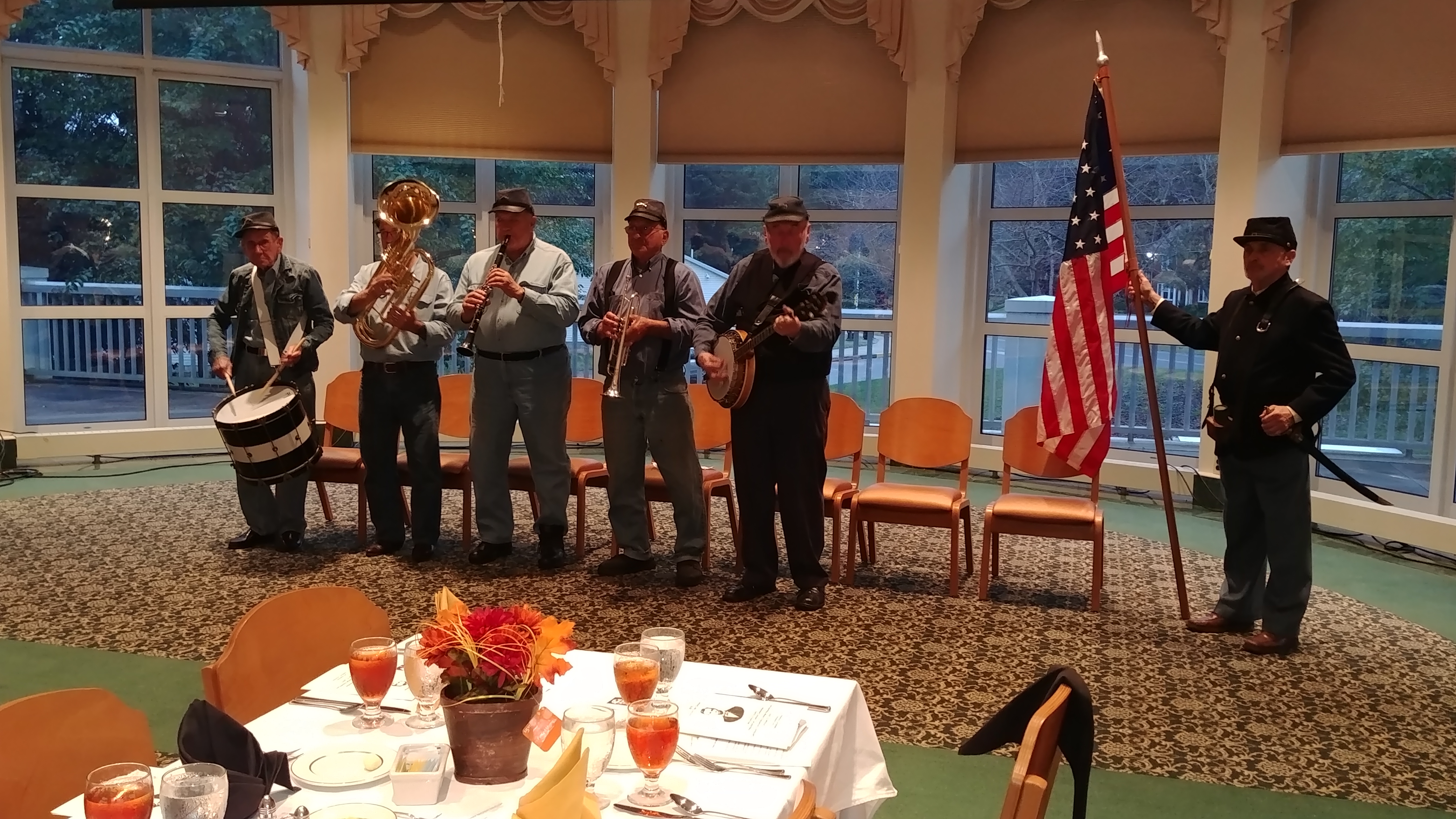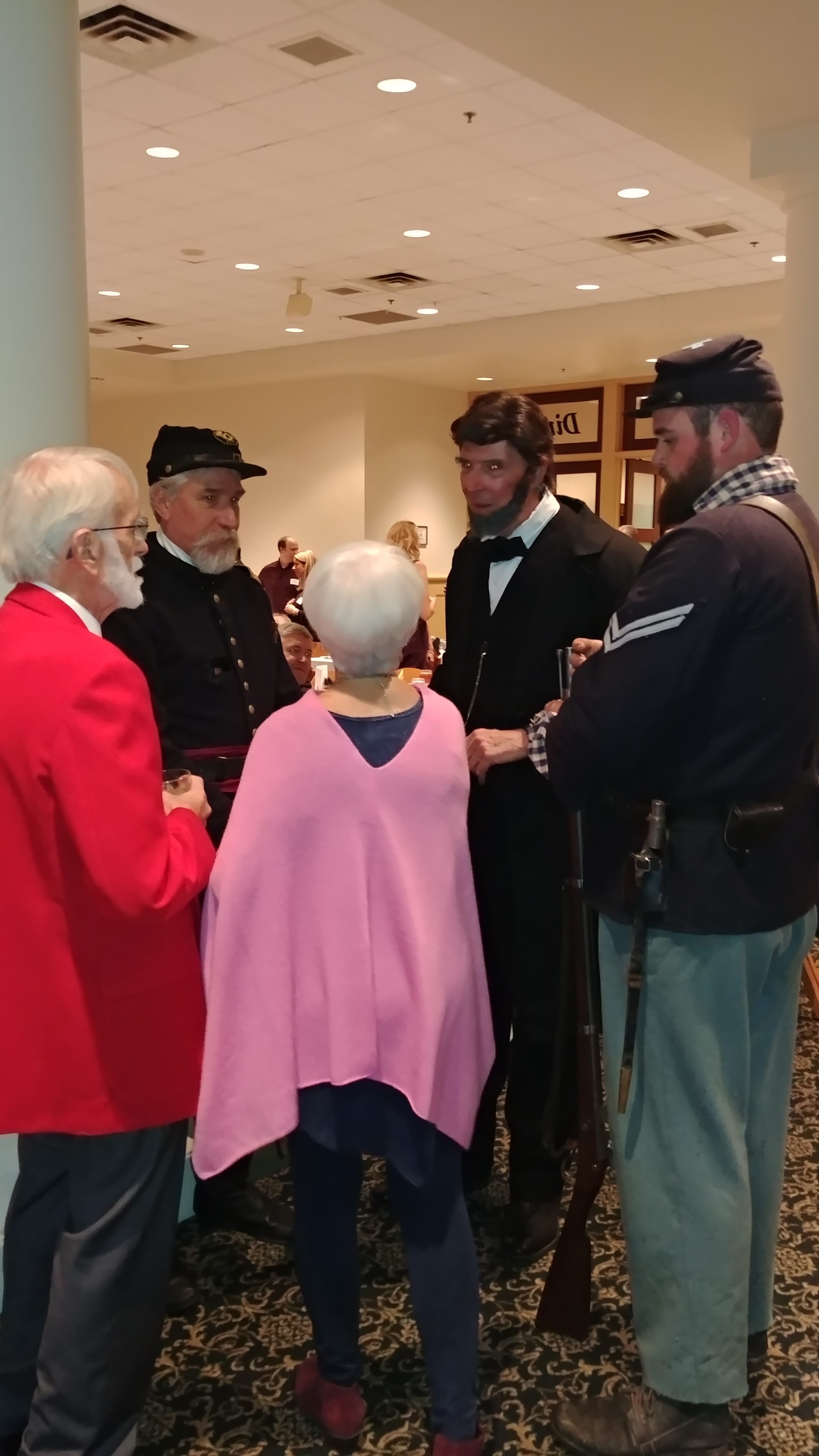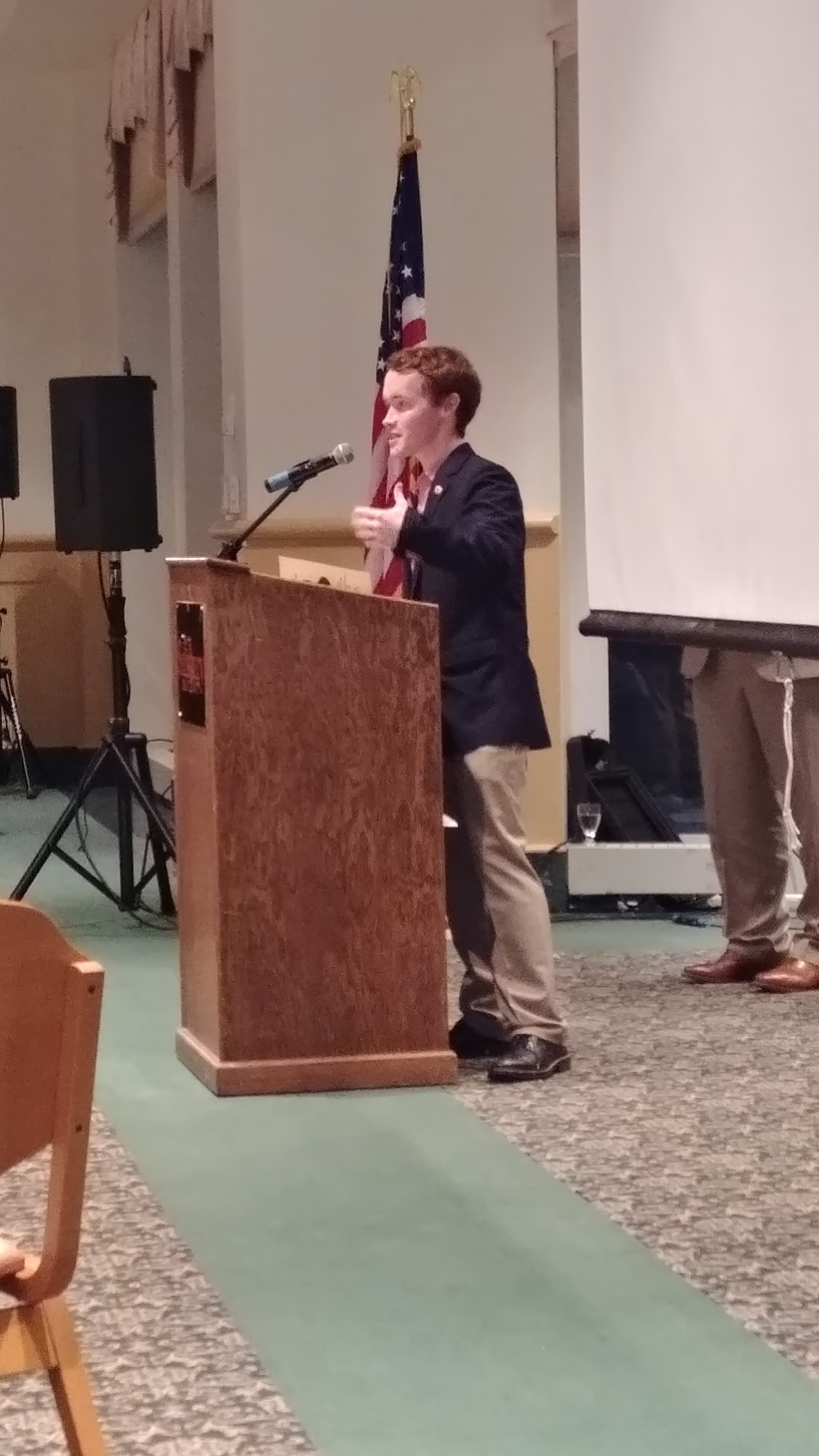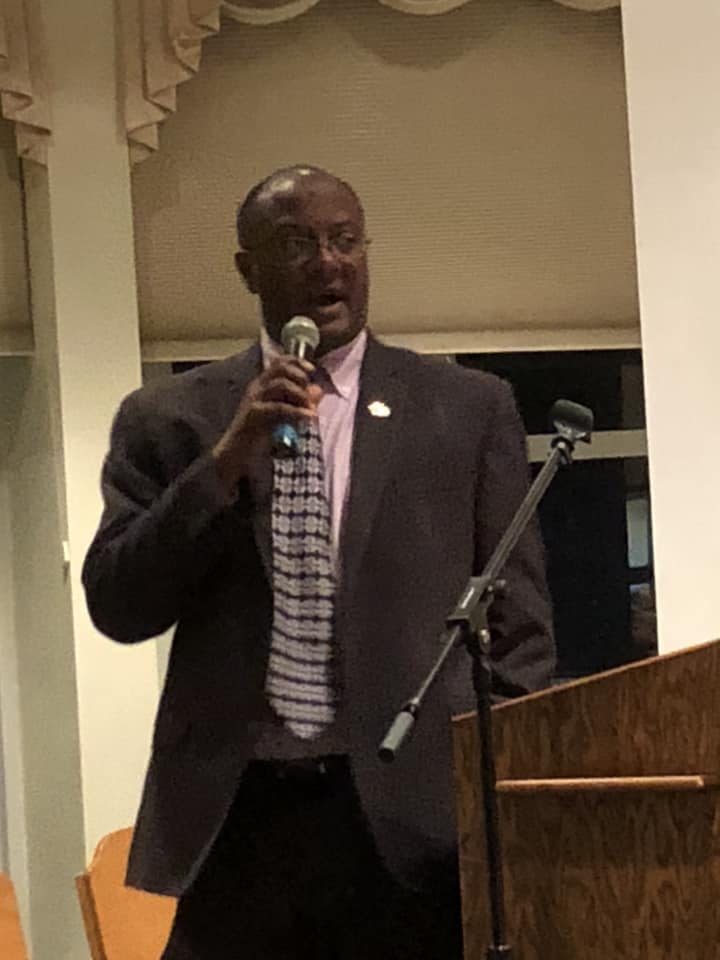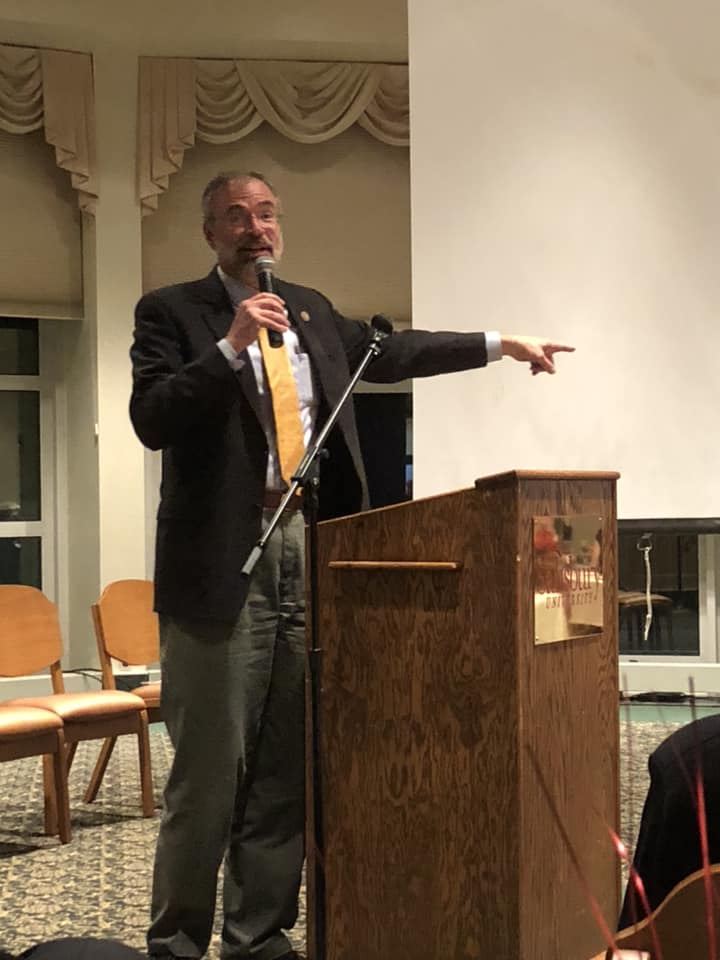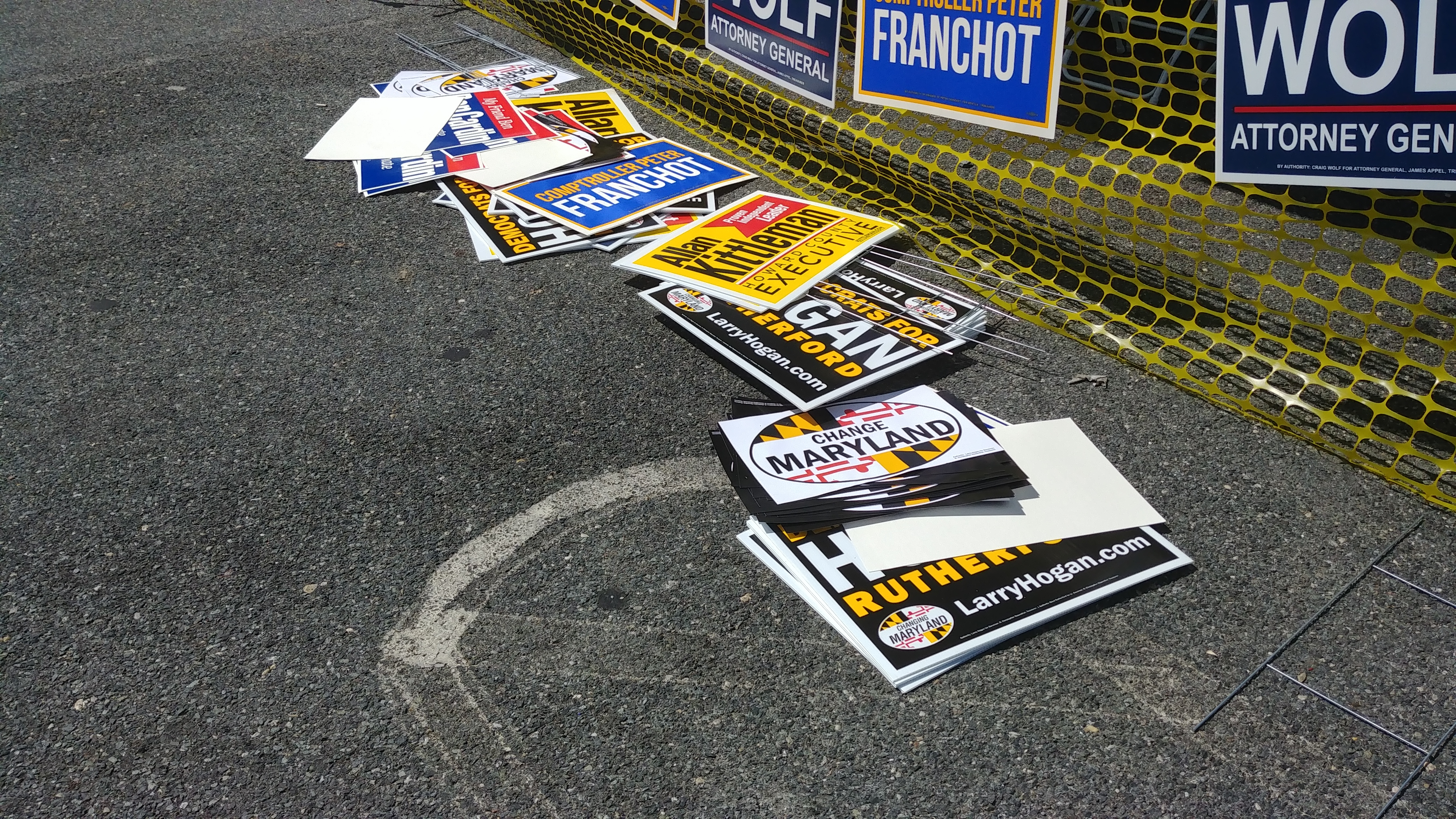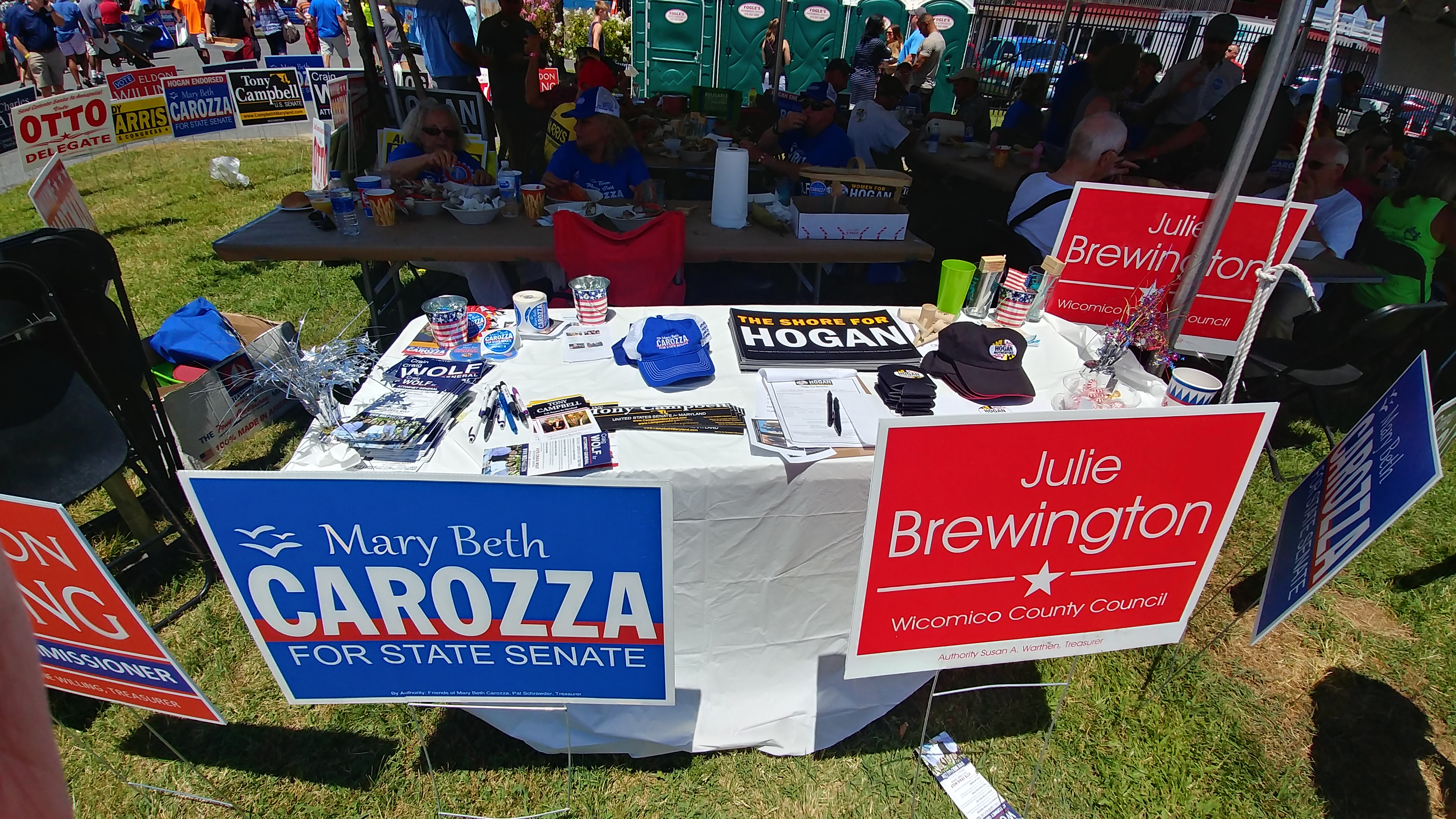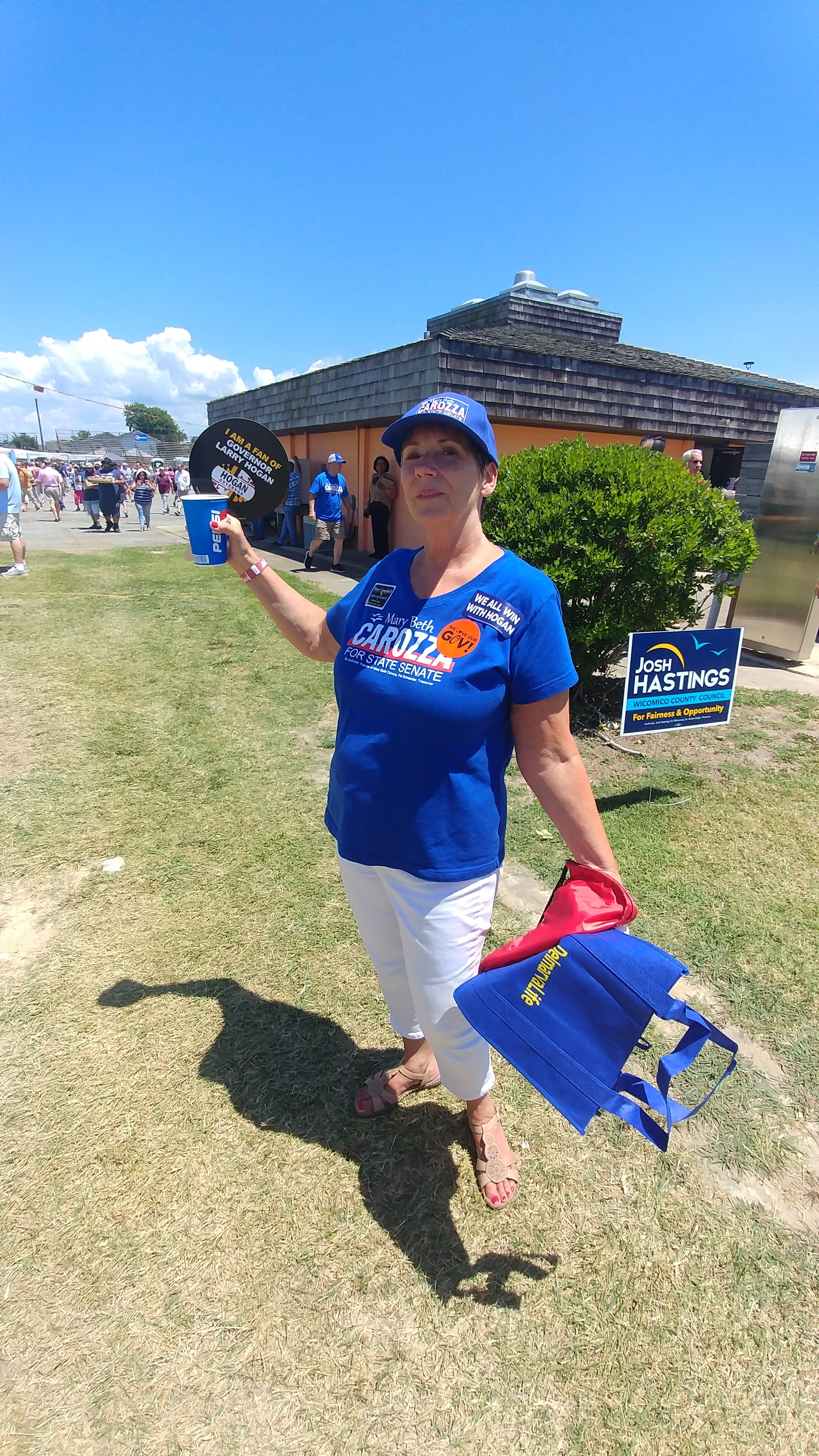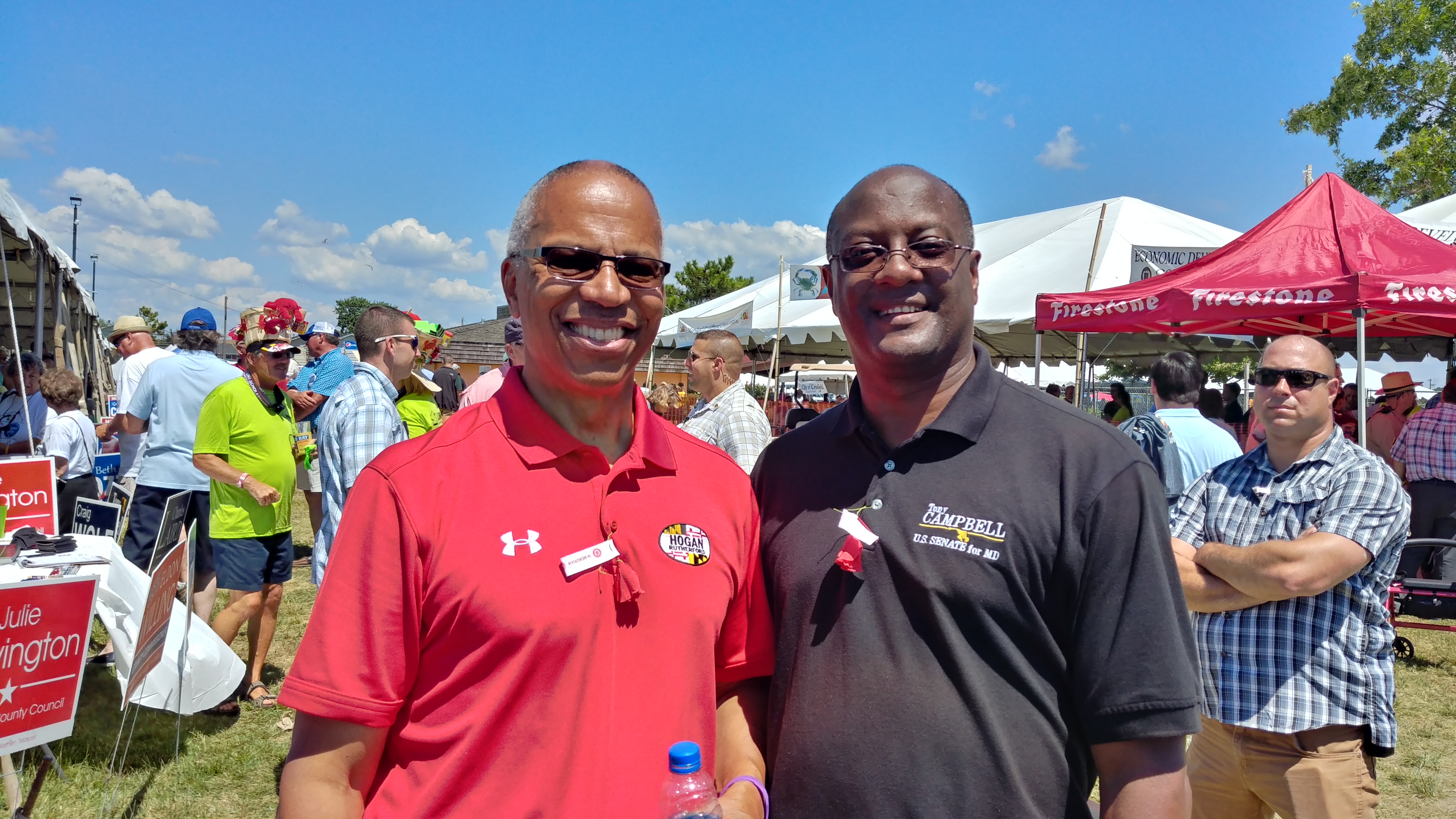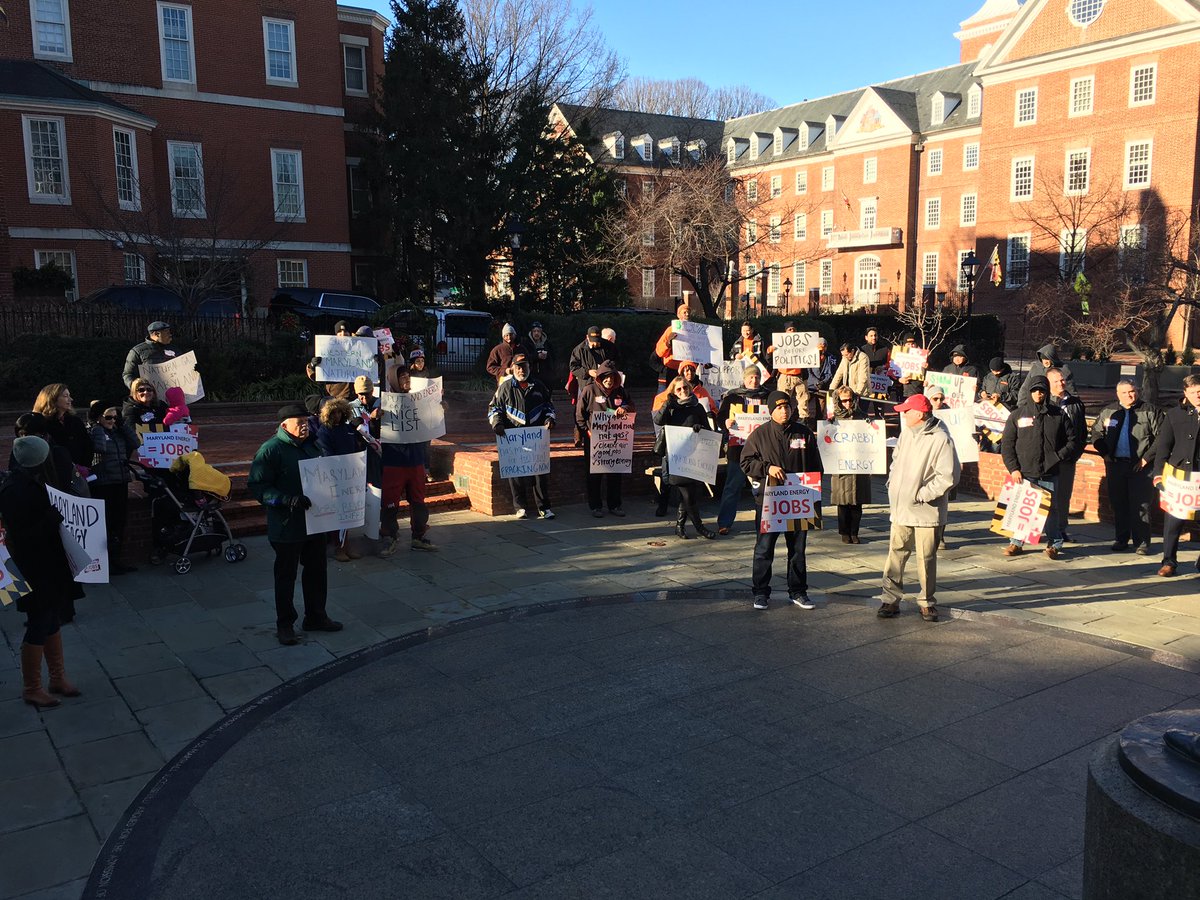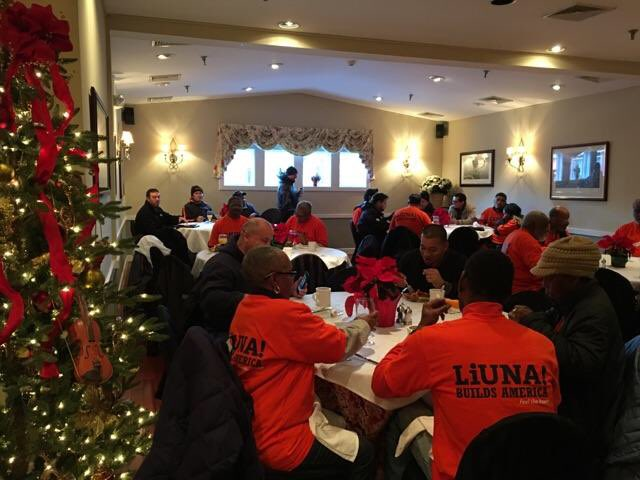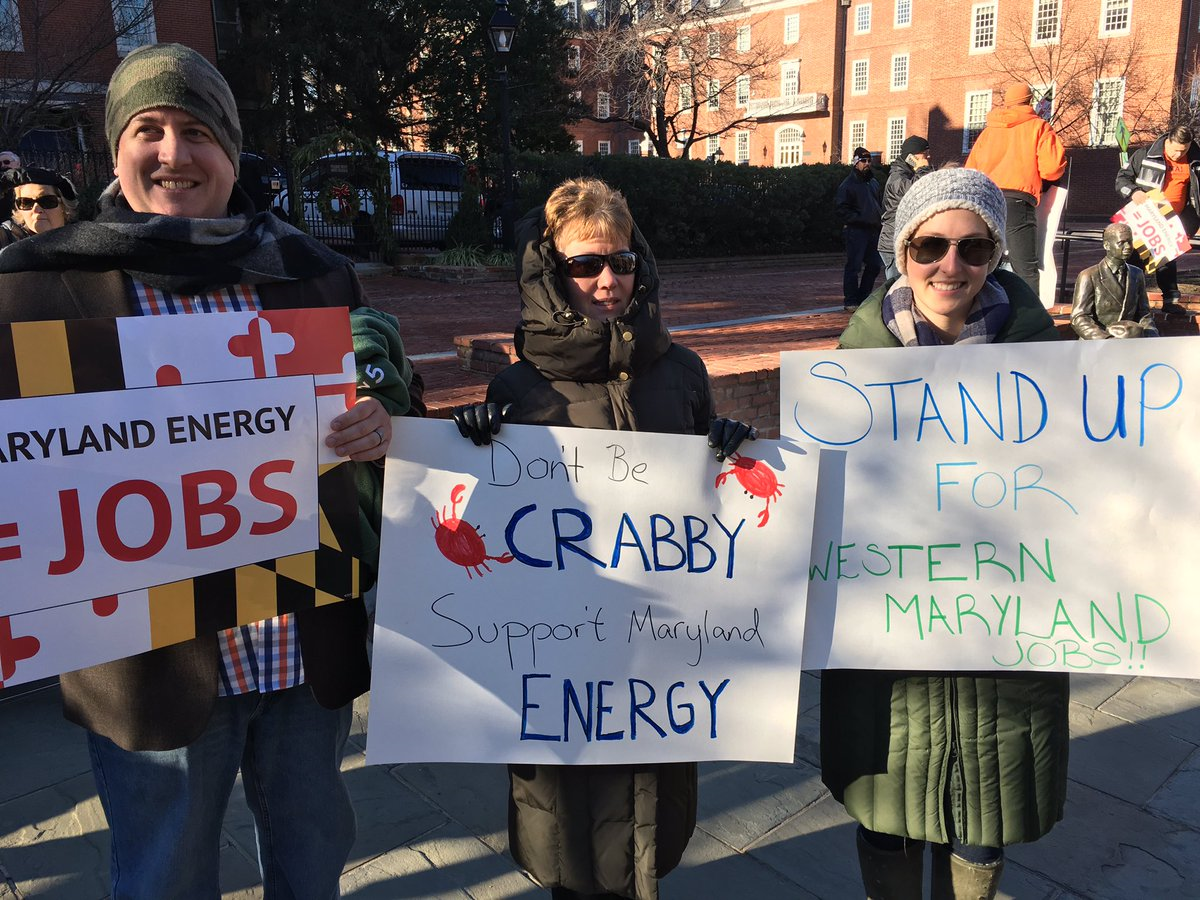It’s funny that this Election Day, November 6, came on the day my website renews for another year. I pay my money to midPhase and they keep my website tucked in some crevice on a server farm. Every so often the space I need gets incrementally larger as I make yet another post.
It seemed like this state election cycle was one where I grabbed quite a bit more space despite the fact I resigned from most of my political activity as well as daily updating less than halfway through it. October, however, was the busiest month I’ve had since November of 2016. But after I cleared the 2018 election widget off my sidebar, I found I had a lot of thoughts about how it transpired. This may be a two-part series or it may not – we’ll see as I go along I guess.
The whole “blue wave” phenomenon for 2018 began at the tail end of last year when Virginia voters came within (literally) one vote of wiping out the 32-seat GOP majority in the Virginia House of Delegates and gathered more steam when the Washington Post giftwrapped an Alabama Senate seat for Democrat Doug Jones by printing scurrilous and sensational accusations about Republican candidate Judge Roy Moore at the eleventh hour. (Ironically, as I write this the news of the resignation of Attorney General Jeff Sessions, who created that opening by leaving the Senate, is still fresh.) Flush with success and assuming that President Trump couldn’t withstand the 90-plus percent of negative coverage he’s received from the media, there were thoughts of Democrats having a wave election on the order of the TEA Party one in 2010 – in fact, it was an even better opportunity because the Senate majority at the time in 2010 was 59-41 Democrat but the 2018 Senate was only 51-49 GOP. Granted, the Democrats had a lot of seats to defend but in those heady days visions of impeachment danced in the heads of the progressives.
As it has turned out, though, the “blue wave” ran into a break wall in the Senate, and gains in the House appear to be only on par with the “average” gains made by the opposition party in the first midterm after a President is elected. It should be pointed out, though, that in the last similar situation – that being George W. Bush and the 2002 midterm – the GOP gained seats in both House (8) and Senate (2).
However, despite gaining the House majority for the first time since the TEA Party wave in 2010, the Democrats still haven’t fully recovered that majority, which was once 258 members. (It looks like they will be in the range of 227 or 228.) Out of a 63-seat loss eight years ago, they’ve only gained back about half – sure, it’s good enough to give them back power but it’s a pretty thin majority from which to work. And you may find there are enough “Blue Dog” Democrats that Republicans may not be totally stymied. In fact, there are analysts out there who think this is the ideal situation for President Trump because he needs an enemy and now the House will be it – the Senate is the more important driver for him because that’s where the judicial selections are confirmed and the GOP still has the majority there. While a GOP trifecta was good, just remember that the TEA Party had for several years the excuse of only controlling 1/2 of 1/3 of the government – now the so-called “progressives” will get to endure that argument for another couple years, anyway.
But let’s talk about the two federal races the Eastern Shore was directly involved in:
- Pending absentees/provisionals, the only suspense for Andy Harris is whether he will stay north of 60 percent – he’s at 60.5%, beating Democrat Jessie Colvin‘s 37.6% and the 1.9% for Libertarian Jenica Martin.
- On the other hand, the 31% for Tony Campbell was nowhere near enough to beat Ben Cardin‘s 64.1%. Neal Simon had 3.7% and Libertarian Arvin Vohra is at 1.0%. The latter figure is interesting because the Libertarians need 1% in a statewide race to maintain ballot access and by my count they are 27 votes short of that mark. (Gubernatorial candidate Shawn Quinn had well less than 1 percent.)
Editor’s note: Bob Johnston of the Maryland Libertarian Party updates the situation (and corrects me) in the comments.
While I have often dismissed the whole #flipthefirst phenomenon as a pipe dream given the district went about 2-to-1 for Trump, there was always that slim chance. I think the national Democrats figured Colvin was their best candidate given his military background and relatively tame, left-of-center viewpoints.
But Jesse didn’t sell everyone: I noticed the scuttlebutt and grousing from “progressives” who thought Colvin was a PINO. Had runner-up Allison Galbraith won the primary, I think she may have had the better chance at success in that she may have energized progressives and women who would have wanted a liberal woman in Congress. It would have also been a more contentious race, as Colvin’s attempts at stirring controversy on Harris were sadly lacking because he had his own ethics questions. It still would have shut the Eastern Shore out (aside from Martin, who hails from Cecil County) but the race would have been more on the map nationally.
Yet Harris didn’t get the same percentage he normally got in a Congressional contest and it was all because of “new” voters: Harris should finish about 5,000 votes ahead of his 2014 total but Colvin will end up close to 40,000 votes ahead of 2014 Democrat candidate Bill Tilghman. It will be the best Democrat performance since former Congressman Frank Kratovil drew 120,400 votes in 2010 (but lost to Harris by 12 points.)
But for the Libertarians, this has to be a disappointment – Jenica Martin getting less than 2 percent ends a trend where the Libertarians had edged up over 4% in the race.
(By the way, executive decision: this will be a two-parter because I’m just getting warmed up.)
Now about the Senate race.
I did a post awhile back about how many people were maxing out donations to Neal Simon. All told, according to the last FEC report Simon raised just over $850,000 from other people and loaned himself nearly a million dollars – all to get 3.7% of the vote. Three point seven freaking percent! We have Libertarians in our district that did that well and spent next to nothing. The lady from the Green Party did almost that good in 2016.
As has often been the case with third party and independent campaigns, they poll well (Simon recently touted an 18% share of the vote) but people don’t want to feel like they’ve thrown their vote away. My educated guess – since these same polls were claiming Cardin was under 50% – is that Simon was initially attracting Democrats to his campaign but they were persuaded to return home and voted for Ben Cardin. If Simon had stayed at 18% Cardin would have been right around 50% so I think my theory is sound.
My hope in this race – and granted, it was a very long shot – is that Tony Campbell could get into the upper 30’s percentage-wise but sneak away with the win when Simon drew about 25% and left Cardin in the mid-30’s. I knew there was no way Tony would get 50% but at least the third guy would be to our advantage for once. But not only was the third guy a cipher in the race, he wasn’t even close to Rob Sobhani’s 2012 numbers (of course. Simon didn’t spend $7 million either.)
But Ben Cardin didn’t do significantly better than any other Democrat U.S. Senate candidate in the last eight years – they seem to have that low-60’s lane covered. To me, this race was almost a carbon copy of 2012 – a Republican candidate running as an unabashed conservative has to deal with a third person sucking oxygen from the race. And barring something untoward happening to Senator Cardin (or Chris Van Hollen) we won’t have a Senate election until 2022 since Van Hollen was just elected in 2016, so who knows if Tony will want a repeat in four years. We haven’t had any GOP Senate nominee take a second bite of the apple in decades, since Alan Keyes in 1988-92.
What did Tony in, though, wasn’t his stance on the issues. It was lack of money and a lack of support from both the state GOP and the top of its ticket. Now I thought I had seen and liked a post earlier by Tony where he tersely let his disappointment in the MDGOP be known, but perhaps he thought better of it and took it down.
They won’t be so lucky from me.
I was very pleased and proud to cast my votes for Republicans for Congress for the first time in awhile. You see, the last two times a Libertarian ran for Congress I voted for him (of course, one of those was my friend Muir Boda.) I voted for Andy in 2010 and 2014. As for Senate, I had to hold my nose to varying degrees to vote for Kathy Szeliga in 2016 and Eric Wargotz in 2010, but happily supported Dan Bongino in 2012. (Michael Steele in 2006 I was ambivalent about.)
And the Maryland GOP was primed for success for the first time in forever because they actually had a little bit of money and a very popular governor. Unfortunately, Tony’s race was the top race ignored by Larry Hogan, and his rumored betrayal of Campbell by voting for Neal Simon was the straw that broke the camel’s back with me. Tony Campbell worked his ass off to win what was already an uphill battle thanks to an state electorate which thinks Republicans are icky because of Donald Trump, so a little love from the governor may have made some inroads into that contest.
But I went to see Larry Hogan last month when he showed up here, and while it was a good visit for Mary Beth Carozza (and may have helped her push over the top) it suffered from tunnel vision – Hogan didn’t mention his other statewide candidates such as Campbell and Craig Wolf, another great candidate Larry left twisting in the wind. (I knew he wouldn’t mention Angie Phukan given his relationship with the guy she was running against, Peter Franchot.)
I want to finish my thought on Hogan in the next piece, so let me return to Campbell.
I won’t say that Tony was the greatest candidate – I wish he had done better in the lone Senate debate, which really could have scored some points with a stronger performance – but he would have been a lightyears improvement over the guy we’re now saddled with for years 53 to 58 of sucking on the public teat as an elected official, Ben Cardin.
So while I was harboring no illusions that Tony Campbell had anything more than a sliver of hope for winning, the way he lost was my first big disappointment of the election. In the second part I’ll write in the next couple days or so, I’ll work my way through state and local races.



